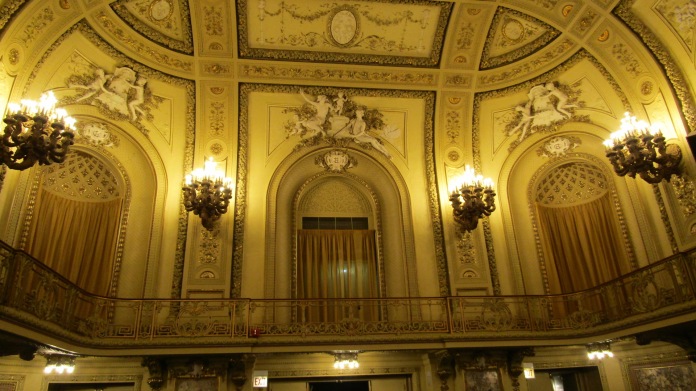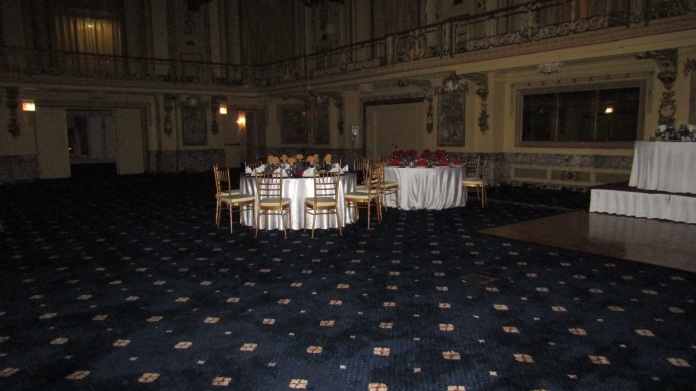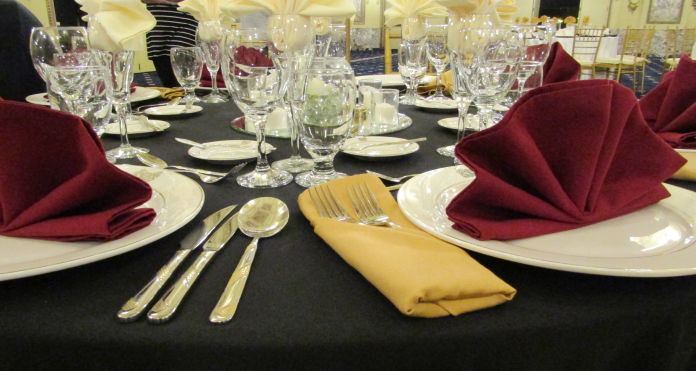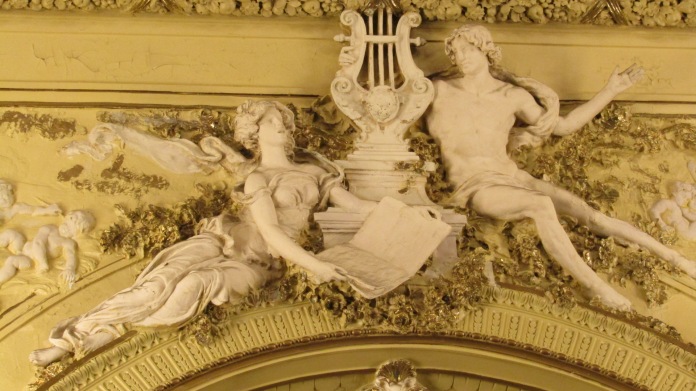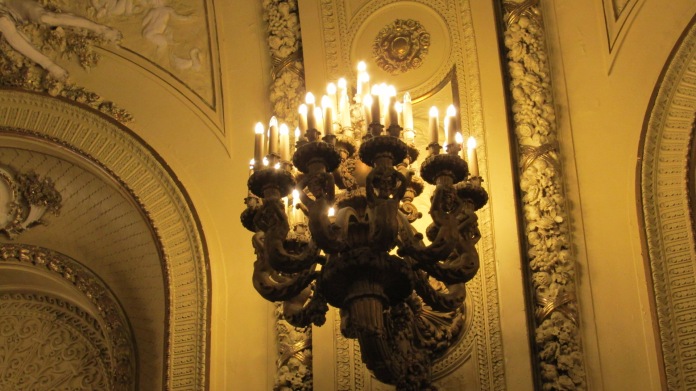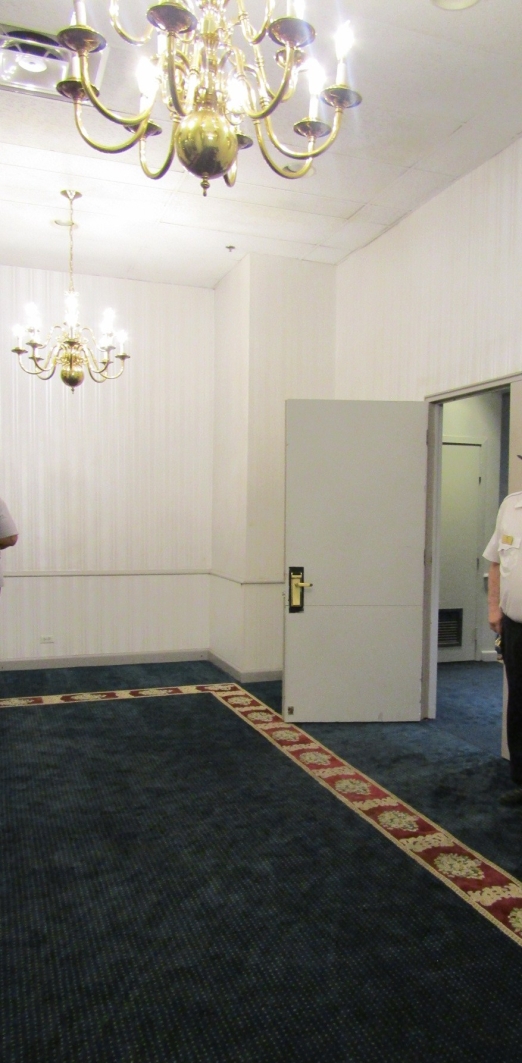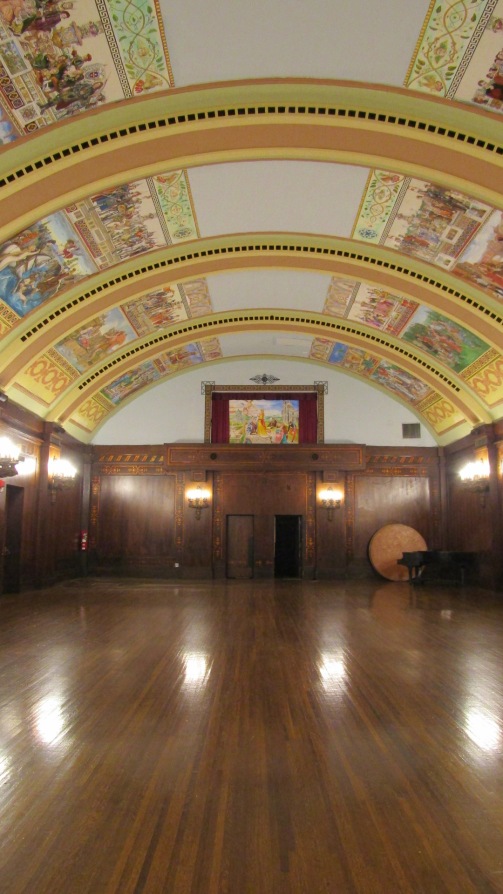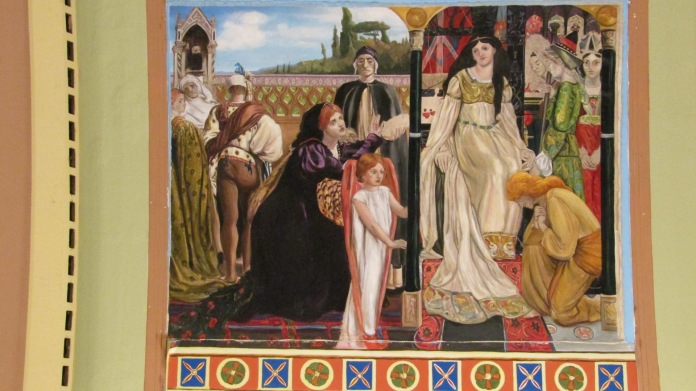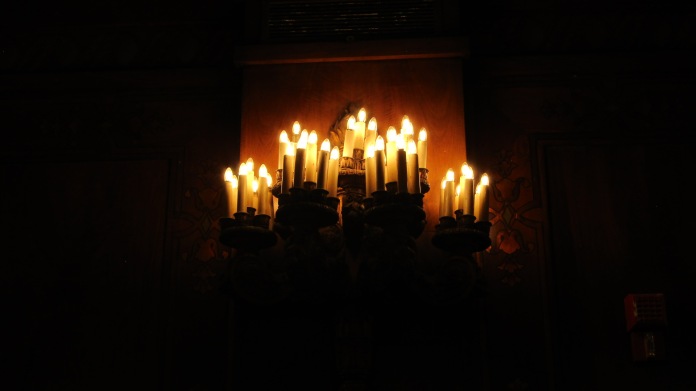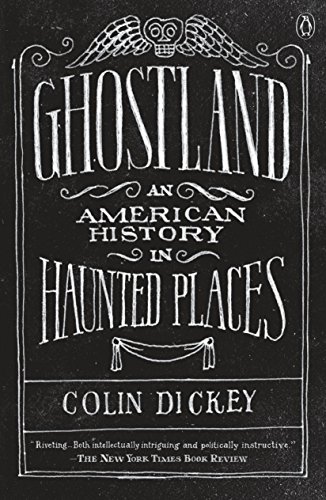
![]()
![]()
![]()
![]()
![]()
Ursula Bielski’s ghost tours are such a favorite of mine that I’ve lost track of how many times I’ve taken them. It seems like every time I’m in Chicago I drag some unsuspecting victim with me: coworkers, friends from overseas, my boyfriend…pretty much anyone who fails to say absolutely not within seconds of me suggesting it. I know some of the stories so well by now that I could probably tell them myself.
Which is why I expected nothing more than a recorded collection of these old favorites when I finally got around to reading this book. I made the same assumptions that most people make when casually picking up a volume of local ghostlore. You probably know the rules: take the research with a grain of salt, forgive typos, and don’t expect a carefully cultivated voice from the writing.
I really should have known that Bielski would produce something more enduring than this. I’ll never forget how, on our last tour, she took the time to explain that apparitions of murder victims’ bodies are quite common and often speak to some deeper cultural memory of unresolved tragedy, almost bringing myself and others to tears. Her work has always been a far cry from the Eternal Darkness Tour rolling up outside of the unsuspecting Mrs. Harmon’s murder house while she’s trimming her roses (although we did once make a stop at the site of John Wayne Gacy’s former home, where someone was just pulling into the driveway. Do you think they know? Awkward).
What I mean to say is that Bielski’s interest in the macabre goes far beyond voyeurism. She aims to preserve Chicago folklore and educate people about the cultural work ghost stories do without seeking to convert skeptics or appease believers. She believes oral storytelling is important and valid for its own sake. Simply put, she thinks like a historian, and I dig it. In her introduction to Chicago Haunts, she states:
The place of these stories in the popular memory of Chicagoans, from before the turn of the century to the present, is my … greater concern here. This book is a study of community and identity, of urban history, as well as of a larger popular consciousness. It speaks to the notion of neighborhood, both in the geographic and the conceptual sense, but it also engages larger issues of the human experience. Taken together, these accounts address the concerns of many modern historians of gender, class, religion, and ethnicity.
Perhaps even cooler is her intention to base her study off of one previously made by another woman associated with Chicago ghostlore:
The model for my efforts can be found in the writings of … Jane Addams. When, sometimes around the turn of the century, Addams’ Hull House was beseiged by hundreds of women in search of the so-called ‘Devil Baby,’ the progressive leader faced the phenomenon head-on. Refusing to dismiss the tale as meaningless, Addams peered into the myth with a keenly interpretive eye and revealed it as a complex expression of cultural concerns. To a significant extent, it was Addams’ careful investigation of the Devil Baby story that inspired my own methodology, one comprised almost exclusively of respectful and patient conversation.
Bielski’s own refusal to “dismiss the tale[s] as meaningless” garners my utmost respect as a fellow student of the strange. She performs an especially intriguing analysis of the Resurrection Mary myth and how it figures into the popular legend of the vanishing hitchhiker, and also expounds further on Addams’ conclusions about the Devil Baby.
That being said, I felt that Bielski could have gone even further with her analyses in many places. She states that she did not intend it to be an academic book, but, having already taken it beyond the realms of standard expectation for this type of work, she could have kept it rolling and made every section of the book as worthy as those previously mentioned.
Because she initially attempted to make this an “exhaustive” collection of Chicago ghost stories, some of the stories are not as detailed as they could be. Maybe 20 years ago, when she published this book, she didn’t have all the details she knows and gives on the tours now, but compared to some sections, others seem quite sparse and hurried. She eventually wrote two more volumes of tales; perhaps she revisits stories and becomes more thorough in these.
Overall, although I felt she should have written an entirely academic book, Bielski still delivers what I think is one of the best in the genre. She also provides an annotated bibliography for those who wish to do their own research into these stories and historical events. Supporting the interests of people like her is Bielski’s last victory. The preservation of folklore depends vitally on community and inclusion.
